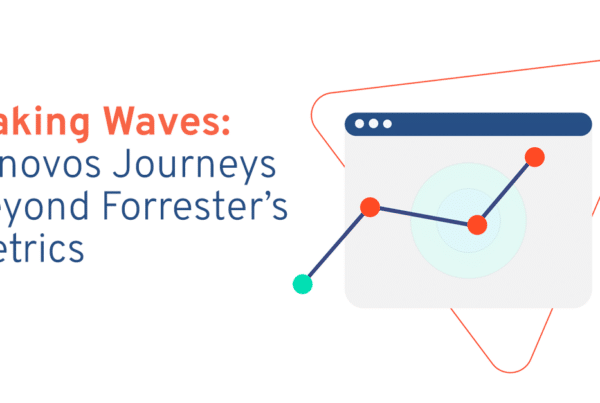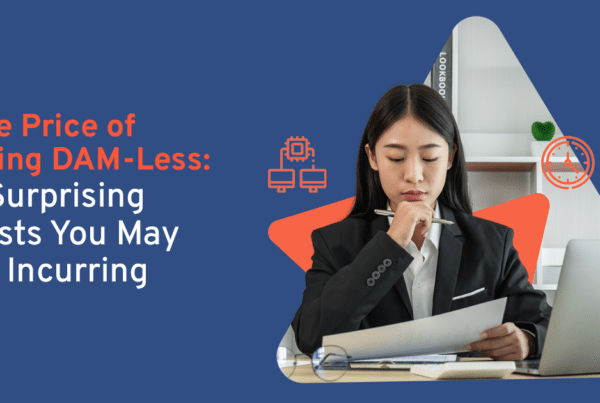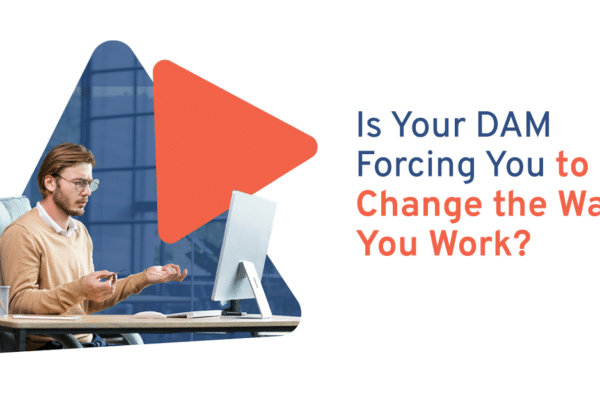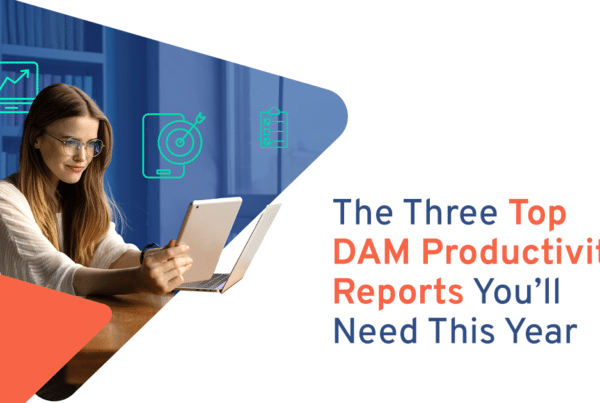
Tenovos Named a Leader In 2024 IDC MarketScape for Intelligent Digital Asset Management
November 11, 2025
Tenovos Named a Leader In 2024 IDC MarketScape for Intelligent Digital Asset Management
New York – July 15, 2024 – Tenovos, the modern data-first Digital Asset Management (DAM)…









